Home>Garden Essentials>What Are The Principles Of Crop Rotation


Garden Essentials
What Are The Principles Of Crop Rotation
Modified: March 16, 2024
Discover the principles of crop rotation in your garden and improve soil fertility, control pests, and increase yields. Unlock the secrets behind successful gardening with this comprehensive guide.
(Many of the links in this article redirect to a specific reviewed product. Your purchase of these products through affiliate links helps to generate commission for Storables.com, at no extra cost. Learn more)
Introduction
Crop rotation is a fundamental practice in gardening and agriculture that has been used for centuries to improve soil fertility, productivity, and pest control. It involves growing different crops in a specific sequence over a defined period of time in a given area. This method of alternating crops helps restore and maintain the health of the soil, reduce the build-up of pests and diseases, and optimize the use of nutrients.
The concept of crop rotation dates back to ancient civilizations, where farmers observed the benefits of rotating crops long before the science behind it was understood. Today, it is widely recognized as an effective technique for sustainable farming and gardening practices. By following the principles of crop rotation, gardeners and farmers can enjoy a host of benefits while minimizing the need for chemical fertilizers and pesticides.
This article will delve into the principles of crop rotation, exploring the various aspects that make it an essential practice in modern gardening and agriculture.
Key Takeaways:
- Crop rotation is like a superhero team for your garden! By switching up the crops, it keeps the soil healthy, fights off pests and diseases, and makes your plants stronger and more productive.
- Just like a balanced diet is good for you, rotating crops is like giving your garden a balanced meal. It keeps the soil full of nutrients, controls pests and weeds, and helps the environment stay happy and healthy.
Read more: What Was Crop Rotation?
Definition of Crop Rotation
Crop rotation is a systematic approach to growing different crops in a specific order and for a specific duration in a given area of land. It involves dividing a plot of land into different sections or beds and planting different crops in each section over a span of time, typically one or several growing seasons.
The primary goal of crop rotation is to improve soil quality and fertility by diversifying the types of plants grown, their root structures, and nutrient requirements. By alternating crops, the nutrient uptake and nutrient release processes in the soil are balanced, preventing the depletion or excess of specific nutrients. This helps maintain optimal soil health and fertility levels, which in turn leads to healthier and more productive plants.
Crop rotation also plays a crucial role in managing pests, diseases, and weeds. By interrupting the life cycle of pests and diseases specific to certain crops, the population of these harmful organisms can be significantly reduced. Additionally, different crops have varying weed suppression abilities, so rotating crops can help suppress and control the growth of weeds.
Another key aspect of crop rotation is its impact on the sustainability and environmental impact of agriculture. By diversifying the crops grown, crop rotation reduces the reliance on chemical fertilizers and pesticides, leading to a more natural and balanced ecosystem. It also helps in reducing soil erosion, conserving water, and promoting biodiversity.
In summary, crop rotation is a methodical approach to cultivation that involves the strategic rotation of crops in order to improve soil fertility, manage pests and diseases, control weeds, and promote sustainable and environmentally friendly agriculture.
Historical Background
The practice of crop rotation has a rich historical background that dates back thousands of years. It can be traced back to ancient civilizations such as the Greeks, Romans, and Chinese, who recognized the benefits of alternating crops and implemented variations of crop rotation in their agricultural practices.
The ancient Greek philosopher and mathematician Pythagoras is said to have advocated for crop rotation as early as the 6th century BC. The Roman writer and farmer, Lucius Junius Moderatus Columella, documented various agricultural practices, including crop rotation, in his works during the 1st century AD.
During the Middle Ages, crop rotation became more widespread across Europe, especially in monastic gardens and estates. Monks and farmers observed that rotating crops helped improve soil fertility and prevent the spread of diseases. The famous British agricultural pioneer, Charles Townshend, popularized the concept of crop rotation in the 18th century and is often referred to as the “father of British agriculture.”
With the advent of modern scientific agriculture in the 19th and 20th centuries, the understanding of the benefits of crop rotation deepened. Scientists such as Sir Albert Howard and Jethro Tull emphasized the importance of maintaining soil health through crop rotation, emphasizing the role of organic matter and nutrient cycling in improving soil fertility.
Today, crop rotation is practiced worldwide, with various regions and climates adopting different rotation strategies based on their specific needs and crops grown. Traditional crop rotation systems such as the four-field rotation, practiced in Europe, and the three-sister farming system of Native American tribes in North America, continue to be relevant.
The historical background of crop rotation highlights its enduring significance and the empirical knowledge acquired over centuries of observation and experience. It is a testament to the enduring wisdom and effectiveness of this agricultural practice.
Benefits of Crop Rotation
Crop rotation offers a multitude of benefits that can positively impact both the productivity of the garden or farm and the overall health of the environment. Let’s explore some of the key advantages of implementing crop rotation:
- Improved Soil Fertility: One of the primary benefits of crop rotation is its ability to enhance soil fertility. By rotating crops, different plants with varying nutrient requirements are grown in succession, preventing the depletion of specific nutrients and promoting a more balanced nutrient profile in the soil. This helps to maintain optimal soil fertility and avoids nutrient imbalances that can lead to reduced plant growth and poor yields.
- Pest and Disease Management: Crop rotation plays a crucial role in managing pests and diseases. Different crops attract specific pests and diseases, and by rotating crops, the life cycle of these organisms can be disrupted, effectively reducing their populations. This reduces the dependence on chemical pesticides and promotes a more eco-friendly approach to pest management.
- Weed Control: Another advantage of crop rotation is its impact on weed control. Different crops have varying growth habits, root structures, and nutrient requirements, which can help suppress the growth of weeds. For example, crops with dense foliage and rapid growth can shade out and outcompete weeds, effectively reducing their presence in the field or garden.
- Improved Soil Structure and Health: Crop rotation contributes to improving soil structure and health. Different crops have different root systems, with some producing deep taproots while others have fibrous shallow roots. The variation in root structures helps break up compacted soil and increase its porosity and water-holding capacity. Additionally, crop rotation encourages the growth of beneficial soil microbes, which play a vital role in nutrient cycling and organic matter decomposition.
- Sustainable Agriculture: Crop rotation is a fundamental practice in sustainable agriculture. By diversifying the types of crops grown and minimizing the use of synthetic fertilizers and pesticides, it promotes a more environmentally friendly and balanced ecosystem. It helps reduce soil erosion, conserve water, foster biodiversity, and minimize the negative impact on surrounding ecosystems.
Overall, implementing crop rotation offers a range of benefits that contribute to increased yields, improved soil health, better pest and disease management, and a more sustainable approach to farming and gardening. It is an essential practice for those looking to optimize their agricultural practices while preserving the long-term health and productivity of their land.
Principles of Crop Rotation
There are several key principles that guide the implementation of effective crop rotation practices. These principles are rooted in the understanding of plant biology, nutrient cycling, pest management, and sustainable agriculture. Let’s explore the main principles of crop rotation:
- Diversity: The principle of diversity emphasizes the importance of growing a wide variety of crops within the rotation plan. Different crops have different nutrient requirements, growth habits, and natural defenses against pests and diseases. By including a diverse range of crops, the soil’s nutrient profile is balanced, and the risk of pest and disease outbreaks is minimized. Rotating annual and perennial crops, as well as plants from different plant families, enhances the benefits of diversity.
- Nutrient Management: Effective nutrient management is a fundamental principle of crop rotation. Some crops are heavy feeders, requiring high amounts of specific nutrients, while others have lower nutrient demands. By rotating crops with varying nutrient requirements, it allows for the proper utilization of nutrients in the soil and prevents the depletion of specific nutrients. Additionally, leguminous crops, such as beans and peas, can be incorporated into the rotation as they have the ability to fix atmospheric nitrogen, enriching the soil with this essential nutrient.
- Pest and Disease Control: Managing pests and diseases is an essential aspect of crop rotation. Different crops attract different pests and diseases, and continuous cultivation of the same crop can lead to a buildup of specific pest populations. By rotating crops, the life cycles of pests and diseases are interrupted, reducing their population numbers and minimizing the need for chemical pesticides. Additionally, planting crops with natural pest repellent properties, such as marigolds or onions, can be incorporated into the rotation to further aid in pest control.
- Weed Control: Weed control is another important principle of crop rotation. Different crops have different competitive abilities against weeds, and by rotating crops, it helps disrupt the growth cycles of weeds. Crops with dense foliage and rapid growth can effectively smother and outcompete weeds. Additionally, cover crops can be integrated into the rotation to help suppress weed growth and provide additional benefits, such as soil erosion prevention and nutrient cycling.
- Soil Health: Maintaining and improving soil health is at the core of crop rotation principles. Different crops have varying root structures, and by alternating crops with different root depths, it helps break up compacted soil and improves soil structure. Additionally, crop rotation encourages the growth of beneficial soil microorganisms, which play a vital role in nutrient cycling, organic matter decomposition, and overall soil health.
- Sustainable Agriculture: The principle of sustainable agriculture underlies the practice of crop rotation. By diversifying crops, balancing nutrient uptake, managing pests, and improving soil health, crop rotation promotes a more sustainable and environmentally friendly approach to agriculture. It reduces the reliance on synthetic fertilizers and pesticides, conserves water, and supports biodiversity and ecosystem balance.
By adhering to these principles, gardeners and farmers can implement effective and successful crop rotation practices that optimize soil fertility, manage pests and diseases, improve weed control, and promote sustainable agriculture.
Read more: What Are Cover Crops And Crop Rotation?
Diversity
Diversity is a fundamental principle of crop rotation and refers to the practice of growing a wide variety of crops within the rotation plan. It is based on the understanding that different crops have unique nutrient requirements, growth habits, and natural defenses against pests and diseases. By incorporating a diverse range of crops, the soil’s nutrient profile is balanced, and the risk of pest and disease outbreaks is minimized.
Planting a variety of crops helps ensure that different nutrient demands are met within the soil. Some crops, known as heavy feeders, require large amounts of specific nutrients to grow and produce a successful harvest. On the other hand, crops with lower nutrient demands can help reduce nutrient depletion in the soil. By rotating crops with varying nutrient requirements, the soil’s nutrient profile is replenished, preventing the depletion of specific nutrients and promoting overall soil fertility.
In addition to nutrient management, diversity in crop rotation also enhances pest and disease control. Different crops have varying natural defenses against pests and diseases, and rotating crops disrupts the life cycles of specific pests and diseases that may be associated with particular crops. This reduces the population of harmful organisms, minimizing the need for chemical pesticides and promoting a more sustainable approach to pest management.
Furthermore, diversity in crop rotation can have a positive impact on weed control. Different crops have different growth habits and canopy structures. Some crops grow dense foliage and have rapid growth, which can effectively smother and suppress weed growth, reducing competition for nutrients, water, and sunlight. Incorporating cover crops, such as legumes or grasses, can also help suppress weed growth and provide additional benefits like soil erosion prevention and nutrient cycling.
By incorporating a diverse range of crops in the rotation plan, the overall resilience and sustainability of the farming or gardening system are increased. It helps create a balanced and harmonious ecosystem, where different crops contribute to soil health, nutrient cycling, pest and disease management, and weed control. Moreover, diversity promotes overall biodiversity by providing habitat for beneficial insects, birds, and other organisms that contribute to ecosystem balance.
Overall, diversity is a critical principle in crop rotation as it ensures a well-rounded and resilient farming or gardening system. It optimizes soil fertility, manages pests and diseases, controls weeds, and promotes a sustainable and balanced agricultural ecosystem.
Tip: When practicing crop rotation, it’s important to group plants with similar nutrient needs together. This helps maintain soil fertility and reduces the risk of pests and diseases.
Nutrient Management
Nutrient management is a vital principle of crop rotation that focuses on the efficient utilization and replenishment of nutrients in the soil. Different crops have varying nutrient requirements, and by rotating crops with different nutrient needs, nutrient depletion and excess can be effectively managed.
When a specific crop is grown continuously in the same area, it depletes certain nutrients from the soil that are essential for its growth. This can lead to nutrient imbalances and decreased soil fertility over time. By incorporating a rotation plan that includes crops with different nutrient demands, the soil’s nutrient profile is better balanced and replenished.
Crops can be categorized into different nutrient groups based on their requirements. Some crops, often referred to as heavy feeders, have high nutrient demands and can quickly deplete specific nutrients from the soil. Examples of heavy feeders include tomatoes, corn, and cabbage. On the other hand, crops like legumes, such as peas and beans, have the unique ability to fix atmospheric nitrogen through a symbiotic relationship with nitrogen-fixing bacteria. This enriches the soil with nitrogen, an essential nutrient for plant growth.
By alternating between heavy feeders and nutrient-fixing legumes in a crop rotation plan, the nitrogen content in the soil can be effectively managed. The legume crops not only contribute nitrogen to the soil but also improve its overall fertility by increasing organic matter and enhancing microbial activity.
Furthermore, different crops have varying root depths and structures, which impact nutrient uptake from different soil layers. For example, crops like carrots and radishes have long taproots that can reach deeper soil layers, accessing nutrients that are not readily available near the surface. Incorporating crops with different root structures in the rotation plan ensures that nutrients are efficiently captured and utilized from various soil depths.
In order to effectively manage nutrient cycling, it is important to incorporate practices like cover cropping and crop residue management. Cover crops, such as clover or rye grass, can be planted between cash crops or during fallow periods. They help prevent nutrient leaching, erosion, and weed growth while adding organic matter to the soil. Additionally, crop residues, such as crop stalks or leaves, can be incorporated back into the soil as organic matter, releasing nutrients over time and enhancing soil fertility.
Overall, the principle of nutrient management in crop rotation ensures that the essential nutrients for plant growth are efficiently utilized and replenished in the soil. By alternating crops with different nutrient demands and incorporating practices like legume crops, cover cropping, and residue management, nutrient imbalances are minimized, and soil fertility is optimized.
Pest and Disease Control
Pest and disease control is a critical principle of crop rotation that focuses on reducing the population of pests and the incidence of diseases in the field or garden. By implementing crop rotation, the life cycles of pests and diseases specific to certain crops can be disrupted, reducing their impact on subsequent plantings.
When the same crop is planted in the same area year after year, it creates an ideal environment for pests and diseases to thrive. This is because pests and diseases have specific preferences for certain crop species and varieties, and continuous cultivation of the same crop provides a consistent food source and habitat for them.
By rotating crops, especially those belonging to different plant families, pests and diseases specific to a particular crop are interrupted in their life cycles. This break in the cycle prevents the build-up of pest populations and reduces the incidence of diseases. For example, the potato beetle, a common pest in potato crops, can be effectively controlled by rotating potato crops with non-host plants like legumes or grains.
In addition to interrupting pest and disease cycles, crop rotation can also incorporate plants known for their natural pest-repellent properties. For instance, aromatic herbs like basil, dill, or rosemary can be included in the rotation to help deter certain pests. Interplanting these pest-repellent plants among susceptible crops can help minimize pest damage and reduce the need for chemical pesticides.
Crop rotation also provides an opportunity to implement cultural and biological pest control methods. This can include practices such as crop diversification, encouraging beneficial insects, and using traps or barriers to physically protect crops from pests. For example, rotating crops with flowering plants can attract beneficial insects like ladybugs or predatory wasps that feed on aphids, reducing the need for chemical control methods.
Furthermore, by improving soil health through crop rotation, plants become more resistant to pests and diseases. Healthy plants have stronger immune systems, better nutrient uptake, and more vigorous growth, making them less susceptible to pest infestations. Similarly, a well-structured and fertile soil promotes the growth of beneficial organisms, such as beneficial microbes and fungi, which can help suppress disease-causing pathogens.
In summary, pest and disease control is a key principle of crop rotation that helps reduce the population of pests and the incidence of diseases. By rotating crops, incorporating pest-repellent plants, implementing cultural and biological control methods, and improving soil health, farmers and gardeners can minimize the use of chemical pesticides, promote ecosystem balance, and ensure healthier and more productive crops.
Weed Control
Weed control is an important principle of crop rotation that focuses on managing and suppressing the growth of weeds. Weeds compete with crops for essential resources such as nutrients, water, and sunlight, which can have a detrimental impact on crop growth and yield. By implementing crop rotation, weed control strategies can be incorporated to minimize weed infestations and ensure the success of the desired crops.
One of the main advantages of crop rotation for weed control is the ability to disrupt the life cycles of weed species. Different crops have varying growth habits, canopy structures, and production cycles, which can affect weed growth and competition. By rotating crops, the growth patterns of weeds are interrupted, preventing the buildup of specific weed populations that are associated with certain crop species.
Crops with dense foliage and rapid growth can effectively suppress weed growth by shading out and outcompeting weeds for sunlight. For example, crops like pumpkins or squash create a dense canopy that can smother and suppress weed growth. Indigenous methods such as the Three Sisters planting technique, which incorporates corn, beans, and squash into one planting bed, utilize this natural weed suppression technique.
Additionally, cover crops can be integrated into crop rotation to further aid in weed control. Cover crops, such as clover or rye grass, are planted between cash crops or during fallow periods to cover the soil. They compete with weeds for sunlight, water, and nutrients, effectively suppressing their growth. Cover crops also help prevent soil erosion and add organic matter to the soil, contributing to overall soil health.
Mechanical weed control methods can also complement crop rotation practices. Cultivating the soil between crop rotations can help disrupt weed growth and expose weed seeds to unfavorable conditions, reducing their viability. Hand weeding or hoeing can be employed to remove larger and more persistent weeds that may have survived mechanical cultivation.
Furthermore, proper crop residue management can contribute to effective weed control. Removing or disposing of crop residue after harvest reduces the potential for weed seeds to germinate and establish themselves in the field or garden. Incorporating crop residues into the soil through tillage or composting can also help break down weed seeds, making them less viable.
Overall, by incorporating weed control strategies into crop rotation, farmers and gardeners can effectively manage weed infestations in a sustainable and proactive manner. By shading out weeds, utilizing cover crops, practicing mechanical weed control, and managing crop residues, the growth and success of desired crops can be maximized while minimizing the competition and negative impacts caused by weeds.
Read more: What Is Crop Rotation Strip Cropping
Soil Health
Soil health is a paramount consideration in crop rotation and revolves around the principle of maintaining and improving the overall quality and fertility of the soil. Healthy soil provides an environment conducive to optimal plant growth, nutrient cycling, water retention, and beneficial soil microorganism activity. By incorporating crop rotation into agricultural practices, soil health can be enhanced and sustained over time.
Crop rotation plays a significant role in improving soil structure and composition. Different crops have varying root depths and structures, which contribute to soil aeration and nutrient uptake. For instance, crops with taproots, like carrots or radishes, help break up compacted soil layers, improving its porosity and allowing better water infiltration and root penetration. Rotating crops with different root structures ensures a more thorough and balanced soil structure.
Adding organic matter to the soil is another key aspect of improving soil health. Organic matter serves as a nutrient reservoir, enhances water-holding capacity, improves soil structure, and aids in nutrient cycling. By incorporating legume crops, such as beans or peas, as part of the rotation, the soil is enriched with nitrogen through the process of nitrogen fixation. Cover crops, like clover or rye grass, also contribute organic matter when tilled into the soil after their growth cycle
Microorganisms are crucial for healthy soil, as they support nutrient cycling, organic matter decomposition, and disease suppression. Crop rotation encourages the growth and diversity of beneficial soil microorganisms, which contribute to soil health. These microorganisms break down organic matter, release nutrients, improve soil structure, and help combat pathogenic organisms by competing for resources.
Rotating crops is also beneficial in reducing pest and disease pressures, indirectly contributing to soil health. Certain pests and pathogens can build up in the soil when the same crop is consistently cultivated. By rotating crops, these pests’ life cycles are disrupted, reducing their population levels. This break in pest and disease cycles helps maintain a balanced ecosystem in the soil, preventing continuous pressure on the plants and soil nutrients.
Soil erosion is a prevalent issue in agriculture, leading to the loss of fertile topsoil. However, by incorporating crop rotation practices, erosion can be effectively mitigated. Crops with dense foliage and extensive root systems, like grains or legumes, help anchor the soil, preventing erosion caused by wind or water. Cover crops utilized in rotation also contribute to erosion control by reducing runoff and protecting the soil surface from erosion agents.
In summary, soil health is a crucial consideration in crop rotation. By improving soil structure, increasing organic matter content, supporting beneficial soil microorganisms, reducing pest and disease pressures, and mitigating soil erosion, crop rotation plays a vital role in maintaining and enhancing the health and fertility of soil, ensuring sustainable and productive agricultural practices.
Sustainable Agriculture
Sustainable agriculture is at the core of the principle of crop rotation. It emphasizes the importance of environmentally friendly practices that promote long-term productivity, minimize negative impacts on ecosystems, and ensure the well-being of future generations. Crop rotation is a vital component of sustainable agriculture as it aligns with several key sustainability principles.
Crop rotation reduces the reliance on synthetic fertilizers and pesticides, which are typically associated with negative environmental impacts. By diversifying the types of crops grown and incorporating legume crops that fix nitrogen from the atmosphere, the need for chemical fertilizers can be greatly reduced. This helps conserve non-renewable resources, minimizes nutrient runoff into water bodies, and promotes soil health through natural nutrient cycling processes.
Integrated pest management (IPM) is a key component of sustainable agriculture, and crop rotation plays a significant role in IPM strategies. By rotating crops, pest and disease populations are disrupted, reducing the reliance on chemical pesticides. Implementing biological control methods, such as attracting beneficial insects or using trap crops, can be integrated into crop rotation plans to minimize pest damage. This promotes a more holistic and environmentally friendly approach to pest management.
Crop rotation also contributes to the conservation of water resources. By diversifying crops, different plants have varying water requirements throughout their growth cycles. This allows for more efficient water use as crops with higher water demands can be rotated with those that require less irrigation. Additionally, cover crops used in rotation help to reduce water evaporation from the soil surface, conserving water and promoting a sustainable water management system.
By improving soil health and structure, crop rotation enhances soil’s water-holding capacity, reducing the need for excessive irrigation. Healthy soils with good water retention properties can better withstand periods of drought, contributing to a more resilient farming system. This is particularly valuable in regions prone to water scarcity or climate variability.
Furthermore, crop rotation promotes biodiversity within the agricultural system. By diversifying crops, different plants attract a variety of insects, birds, and beneficial organisms. This diverse ecosystem supports natural predators of pests, reduces the need for chemical interventions, and creates a more balanced and resilient environment.
Overall, crop rotation is a pillar of sustainable agriculture as it incorporates practices that promote soil health, biodiversity, water conservation, and reduced reliance on synthetic inputs. By implementing these principles, farmers and gardeners can contribute to the long-term productivity and health of their land, while minimizing negative impacts on the environment and fostering sustainable food production for future generations.
Conclusion
Crop rotation is a time-tested and scientifically proven practice that plays a crucial role in sustainable gardening and agriculture. By following the principles of crop rotation, gardeners and farmers can reap numerous benefits, including improved soil health, enhanced nutrient management, effective pest and disease control, weed suppression, and the promotion of sustainable agriculture.
Through crop rotation, the diversity of crops grown in a specific area is increased, allowing for a better balance of nutrients in the soil. This not only optimizes plant growth and productivity but also minimizes the risk of nutrient depletion and excess. Furthermore, crop rotation contributes to improved soil structure by incorporating different crops with varying root depths, which enhances water infiltration, aeration, and nutrient uptake.
The practice of crop rotation also helps manage pests and diseases by disrupting their life cycles and reducing their population levels. This reduces the reliance on chemical pesticides and promotes a more natural and sustainable approach to pest management. Moreover, by incorporating pest-repellent plants and beneficial insects into the rotation, pest pressures can be further mitigated.
Weed control is another significant benefit of crop rotation. By alternating between crops with different growth habits and incorporating cover crops, weed growth can be suppressed and competition for resources can be minimized. This reduces the reliance on herbicides and promotes more sustainable weed control practices.
Crop rotation supports the overall health of the agricultural ecosystem by fostering soil health, conserving water resources, and promoting biodiversity. By improving soil health, crop rotation contributes to essential nutrient cycling processes, reduces soil erosion, and enhances soil fertility. The conservation of water resources is achieved through efficient water use and retention, benefitting both the environment and the farmer. Additionally, crop rotation fosters biodiversity by creating diverse habitats that support beneficial insects, birds, and other organisms that contribute to pest control and overall ecosystem balance.
In conclusion, crop rotation is a fundamental practice that offers a holistic approach to gardening and agriculture. By adhering to the principles of diversity, nutrient management, pest and disease control, weed suppression, soil health improvement, and sustainable agriculture, gardeners and farmers can optimize their productivity while promoting a healthy and sustainable environment. Crop rotation is a powerful tool that ensures the long-term success of crops, the preservation of natural resources, and the well-being of our ecosystems for the generations to come.
Frequently Asked Questions about What Are The Principles Of Crop Rotation
Was this page helpful?
At Storables.com, we guarantee accurate and reliable information. Our content, validated by Expert Board Contributors, is crafted following stringent Editorial Policies. We're committed to providing you with well-researched, expert-backed insights for all your informational needs.


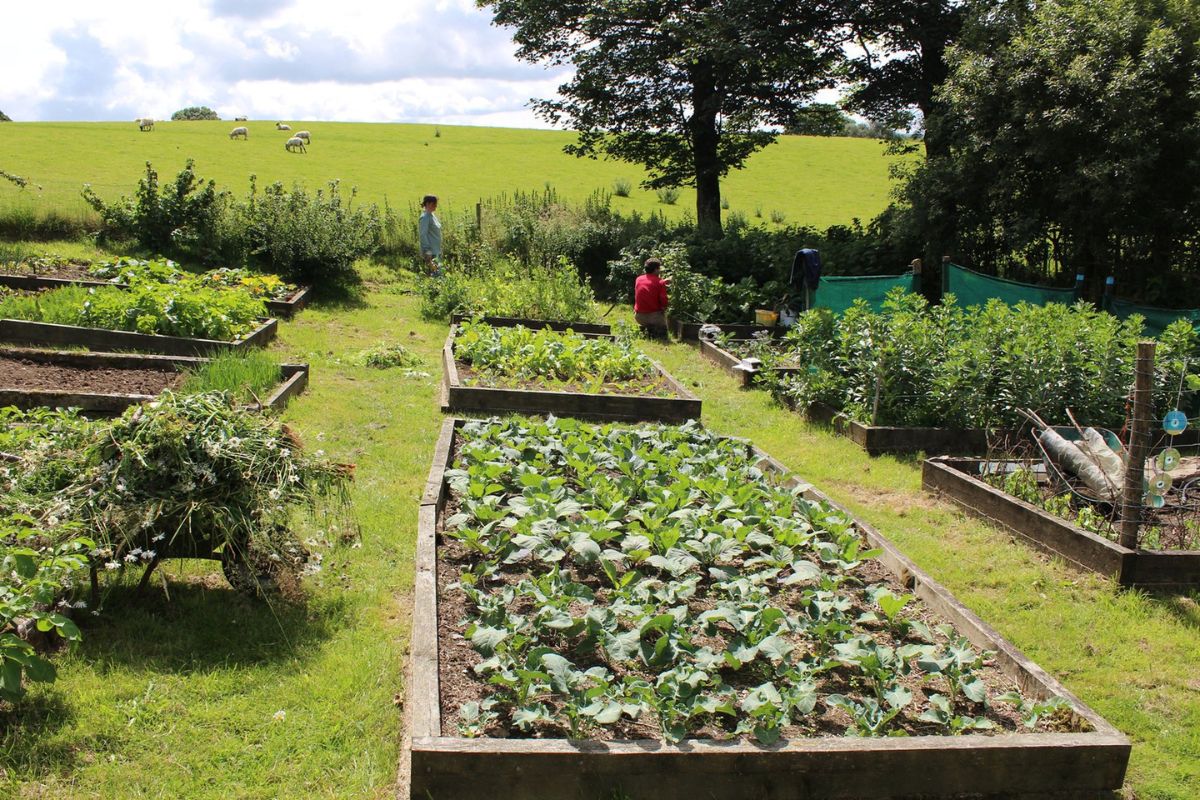
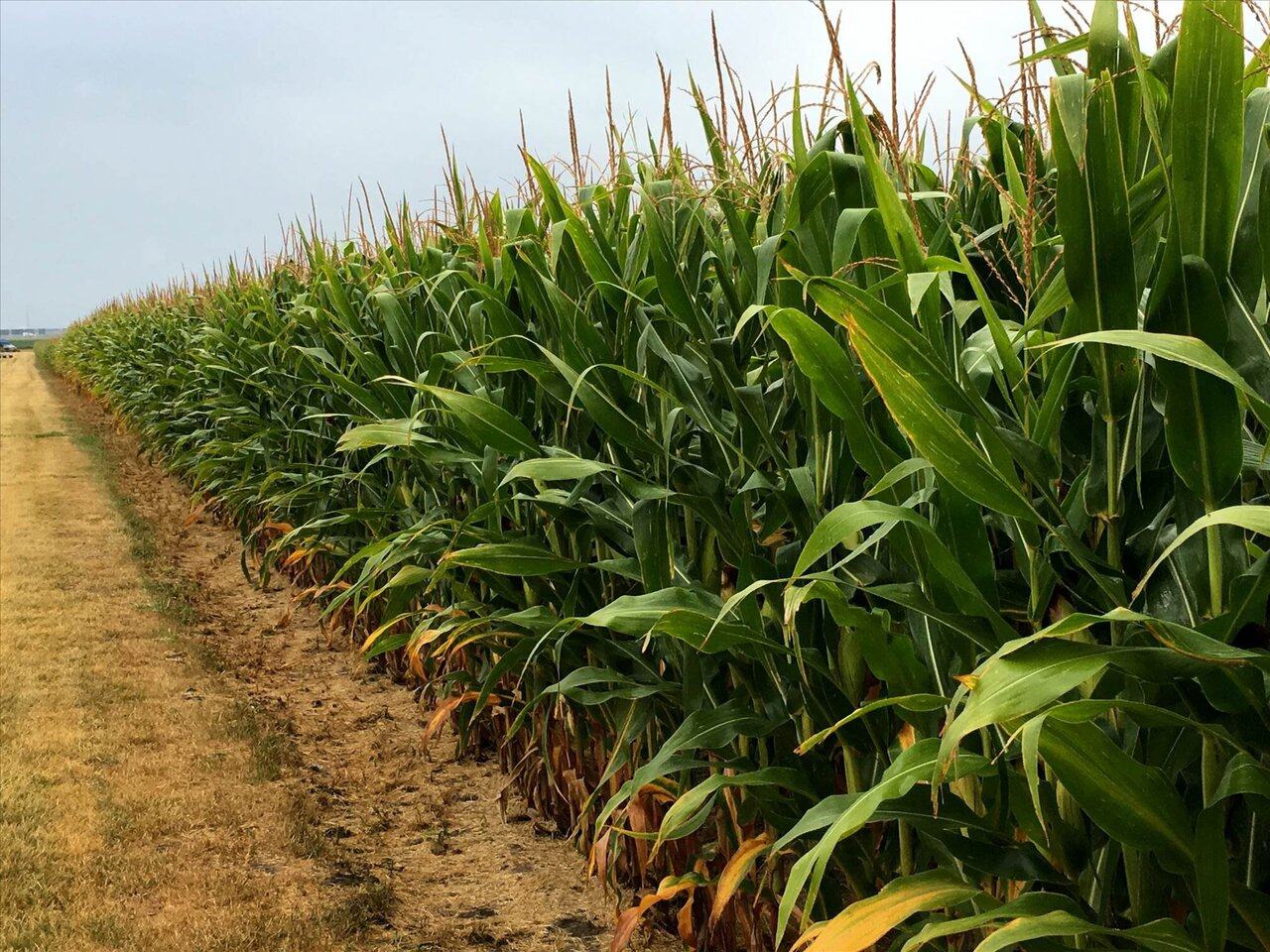
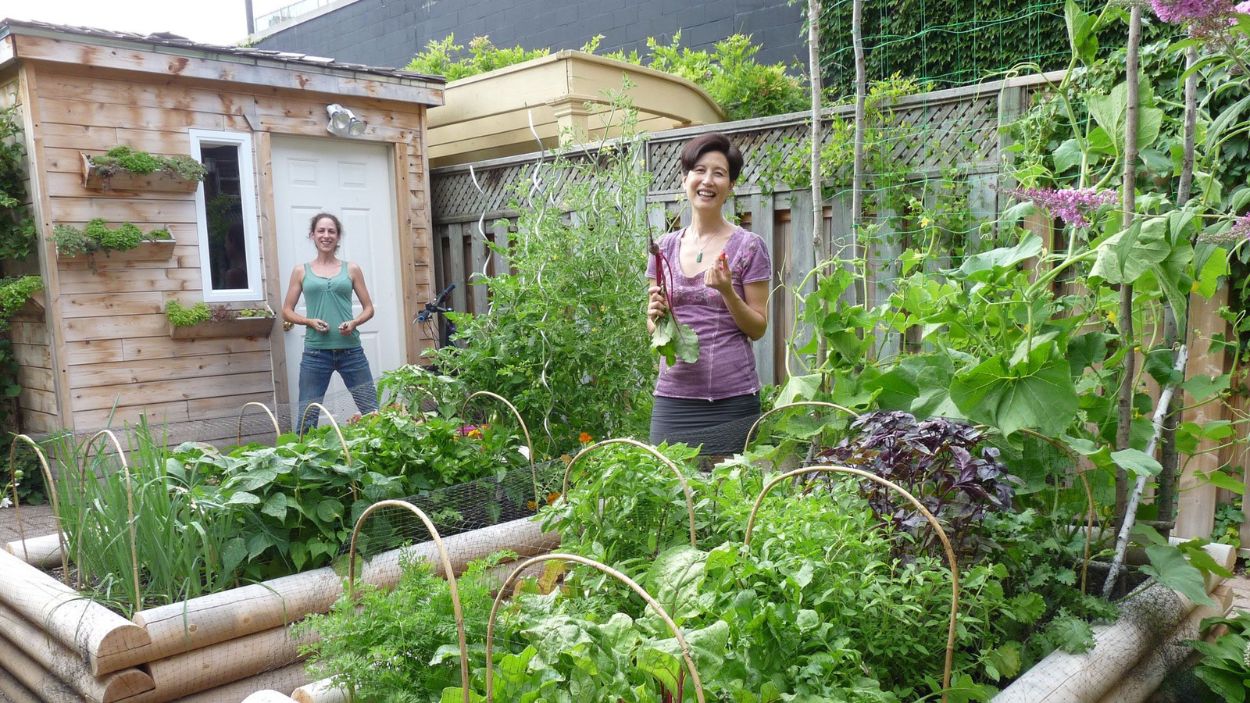
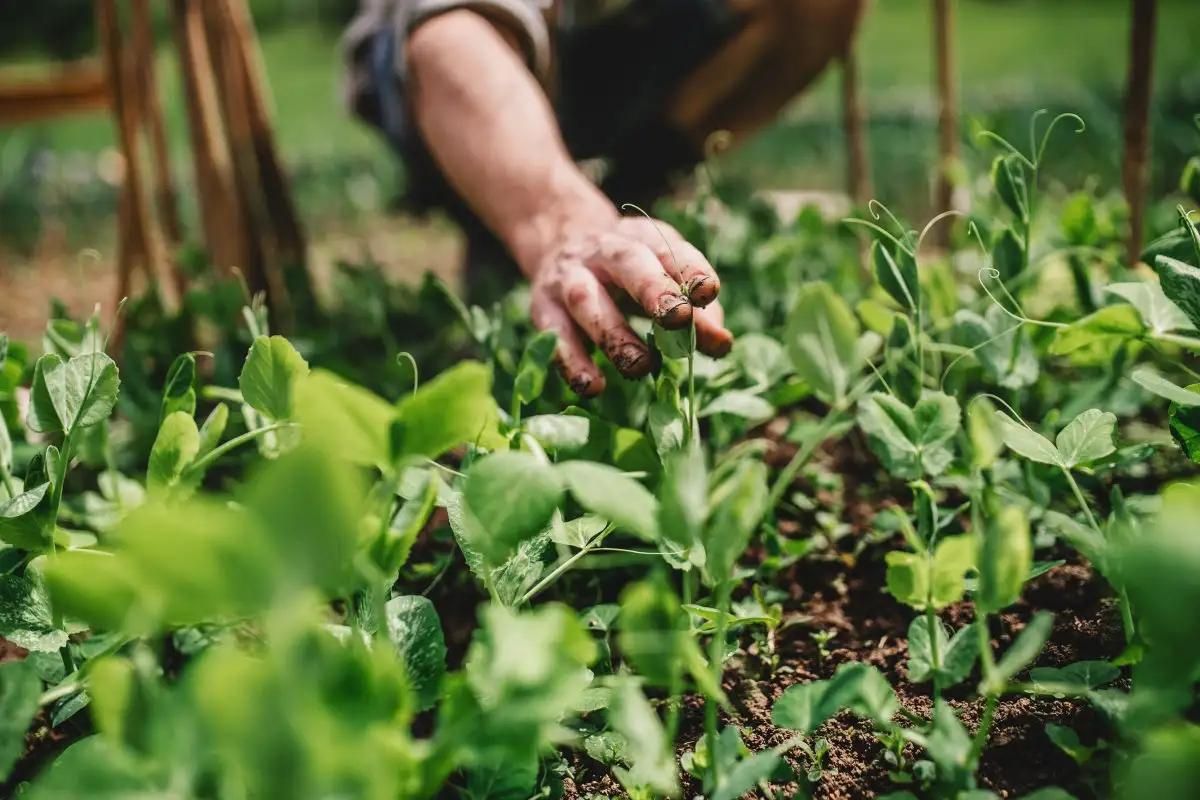
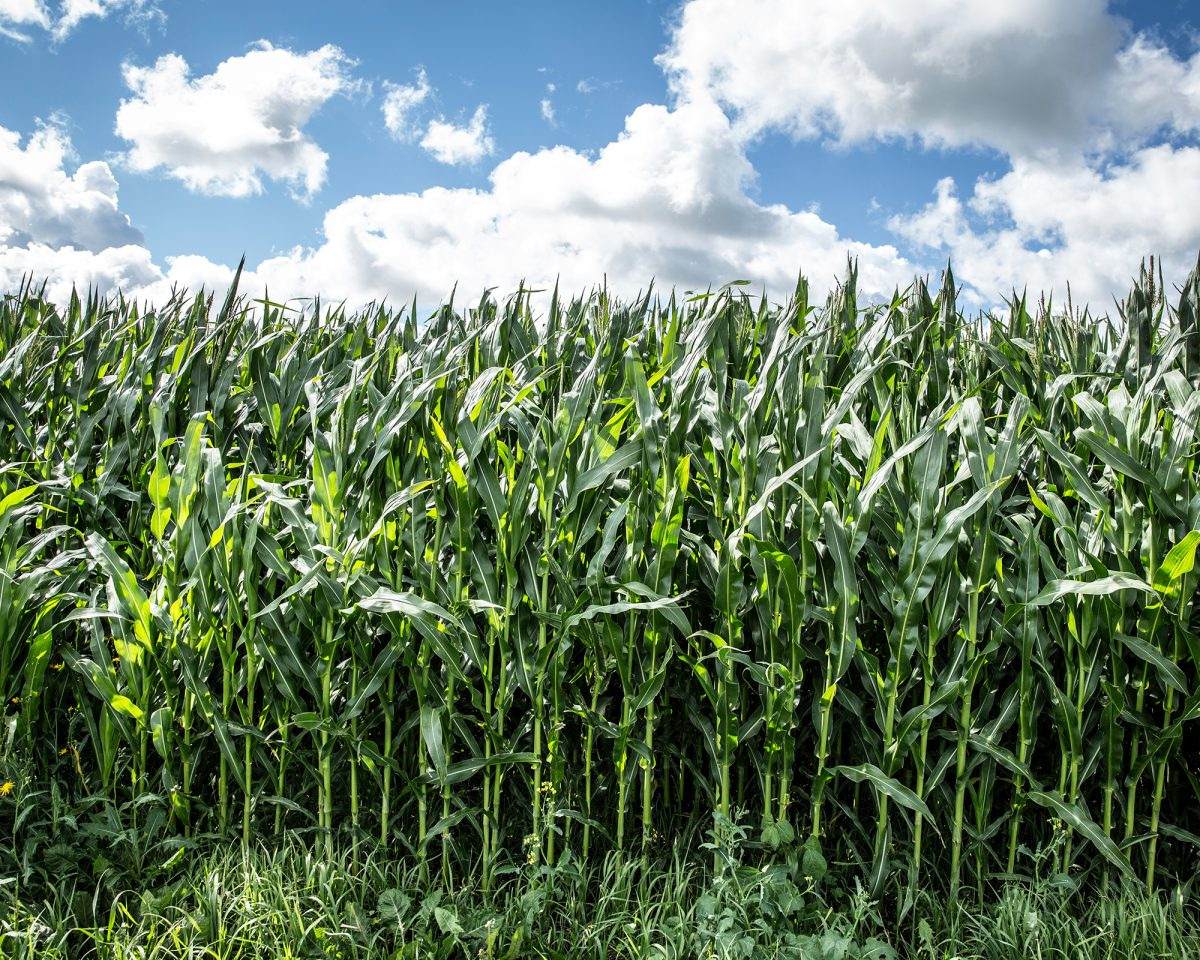
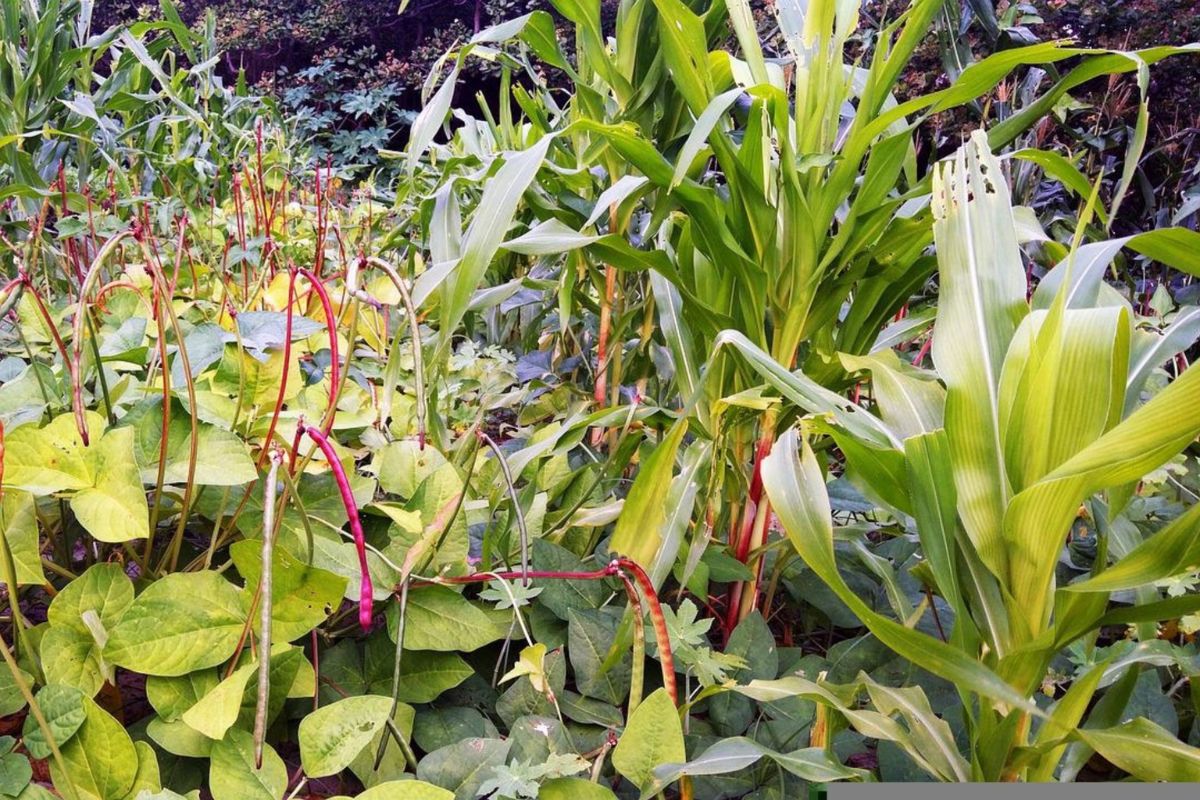
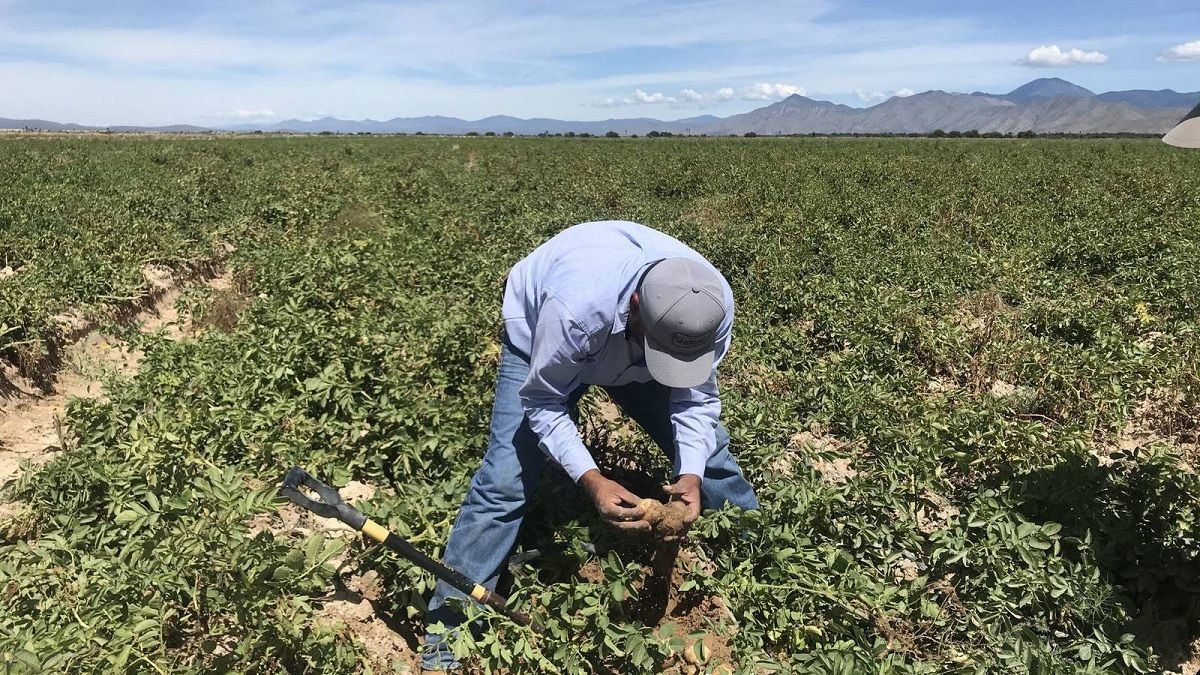
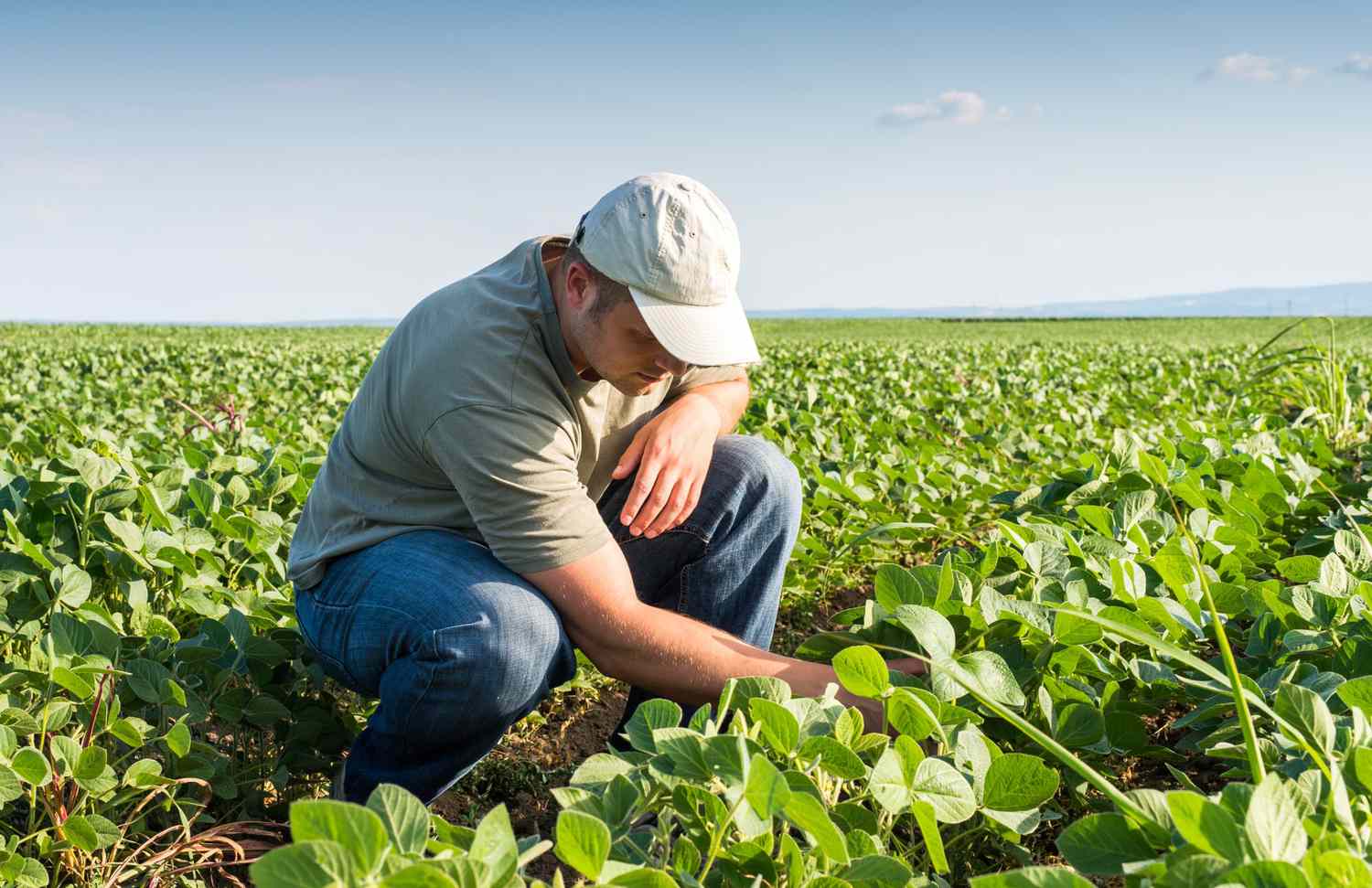
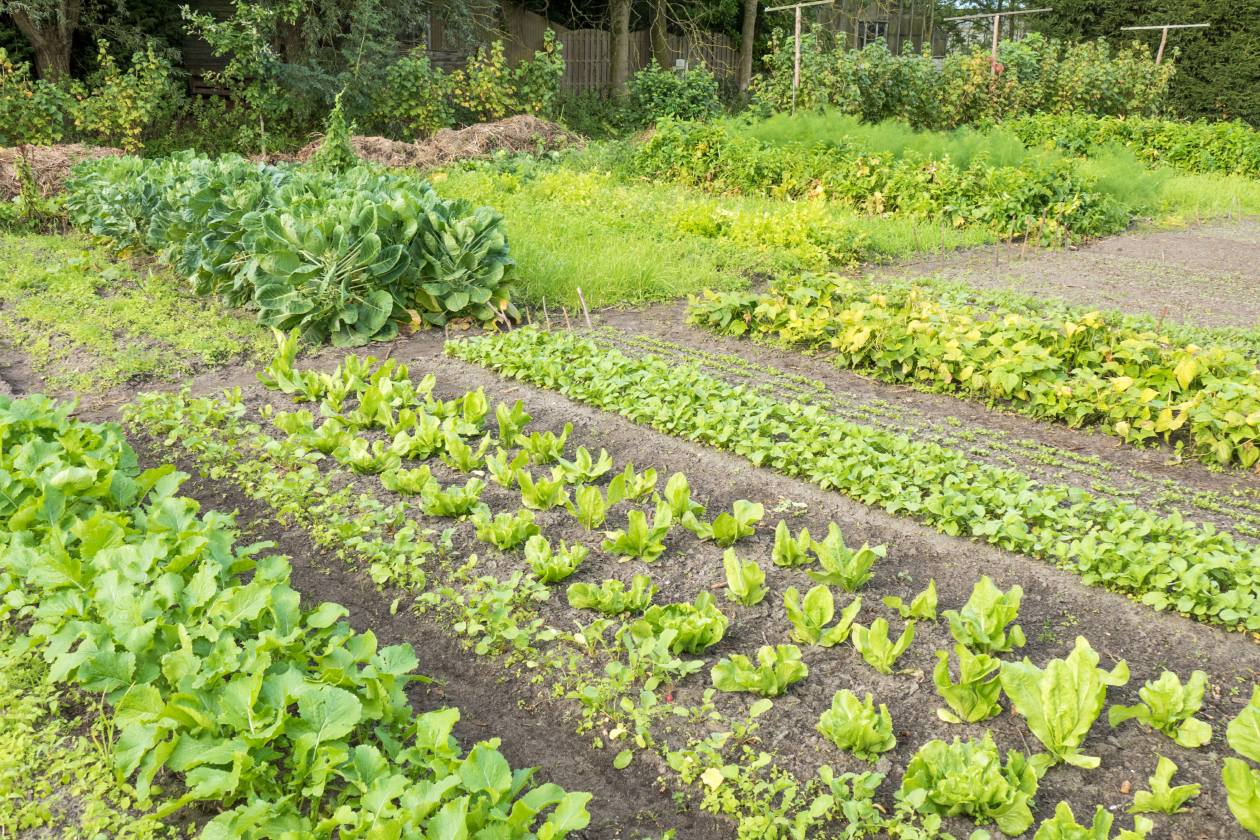

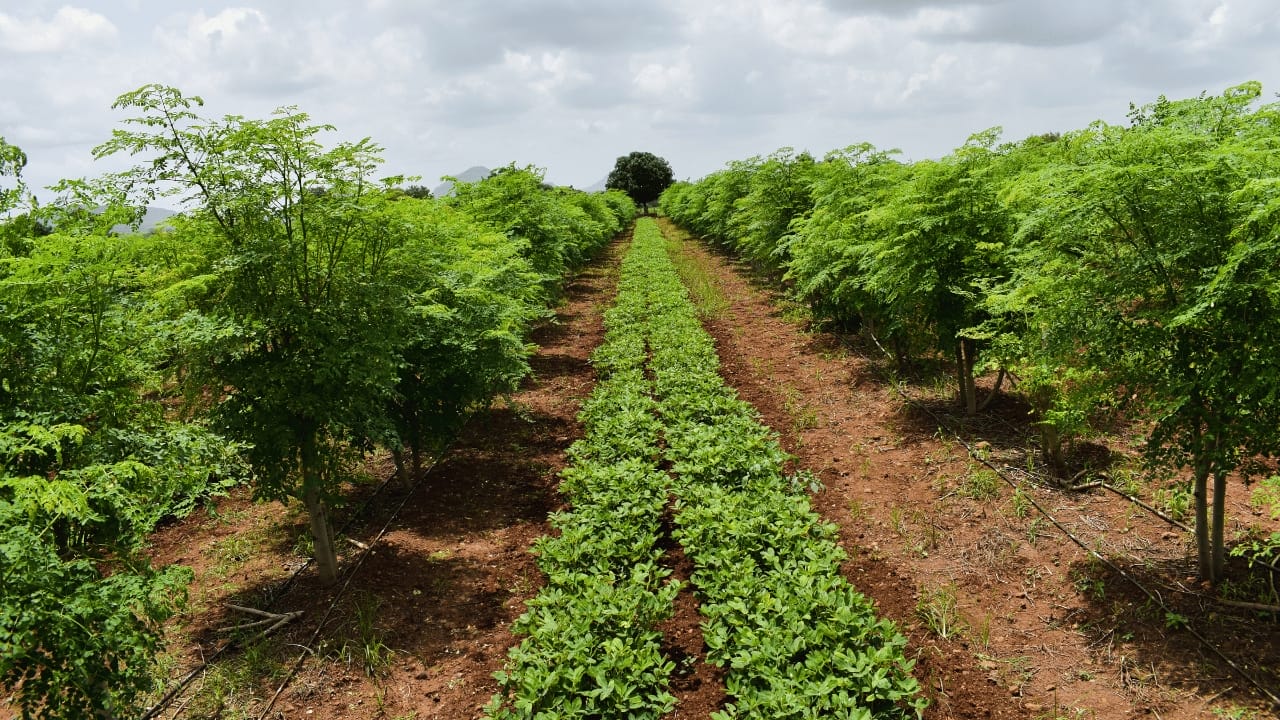

0 thoughts on “What Are The Principles Of Crop Rotation”